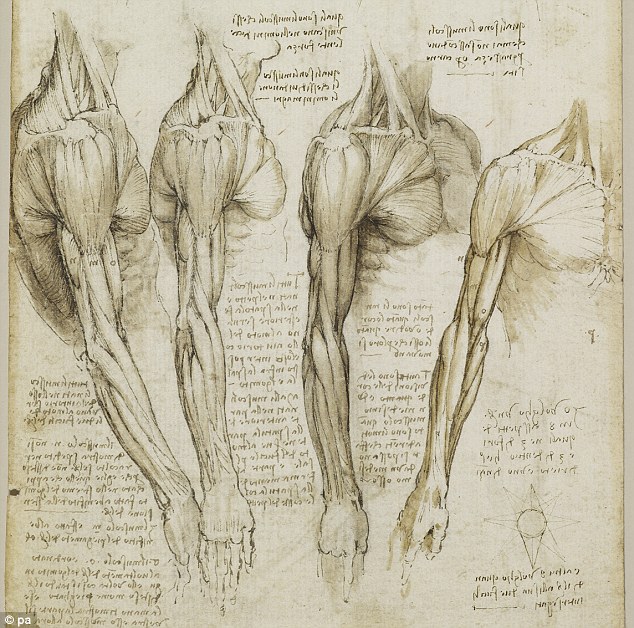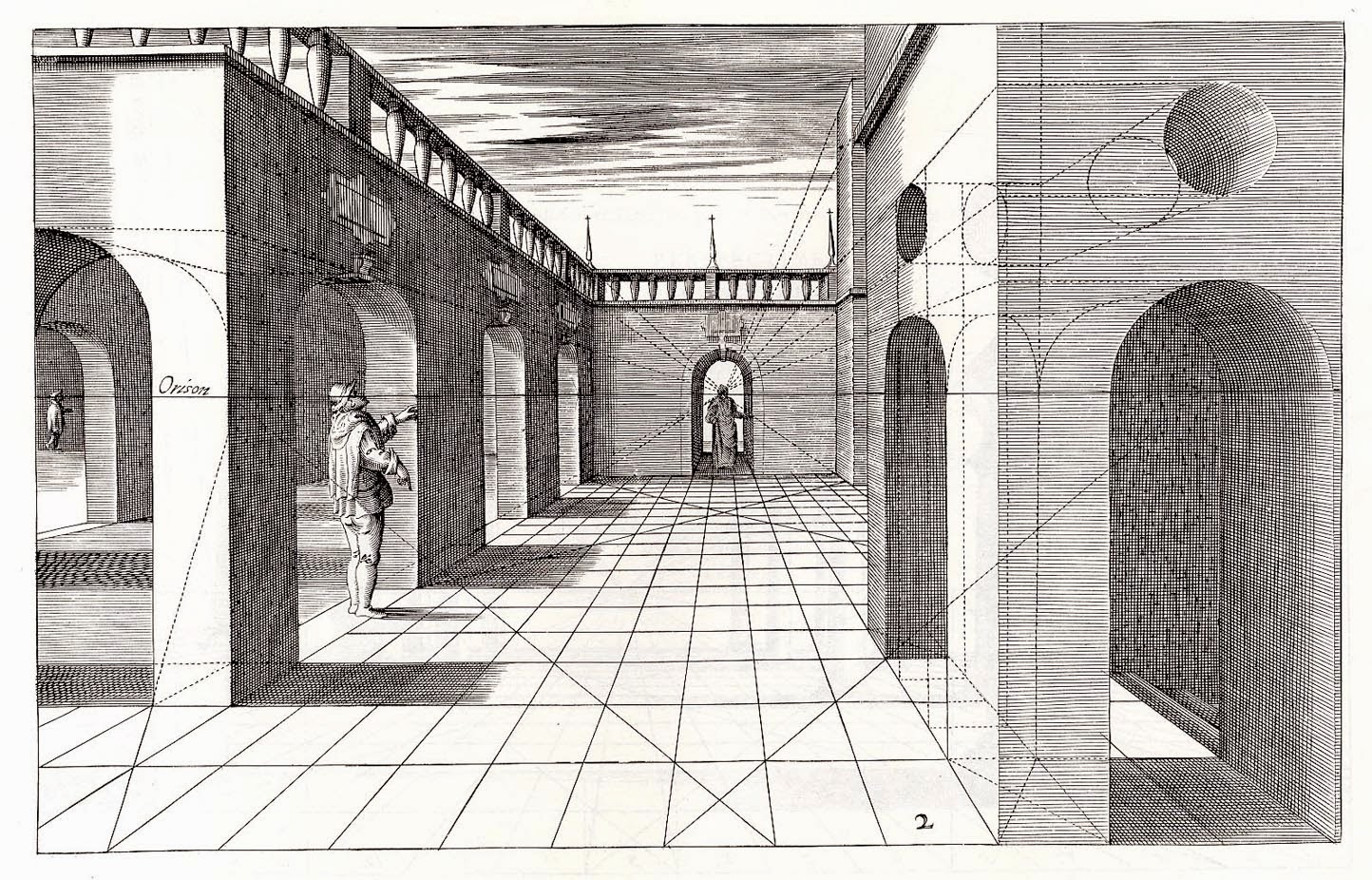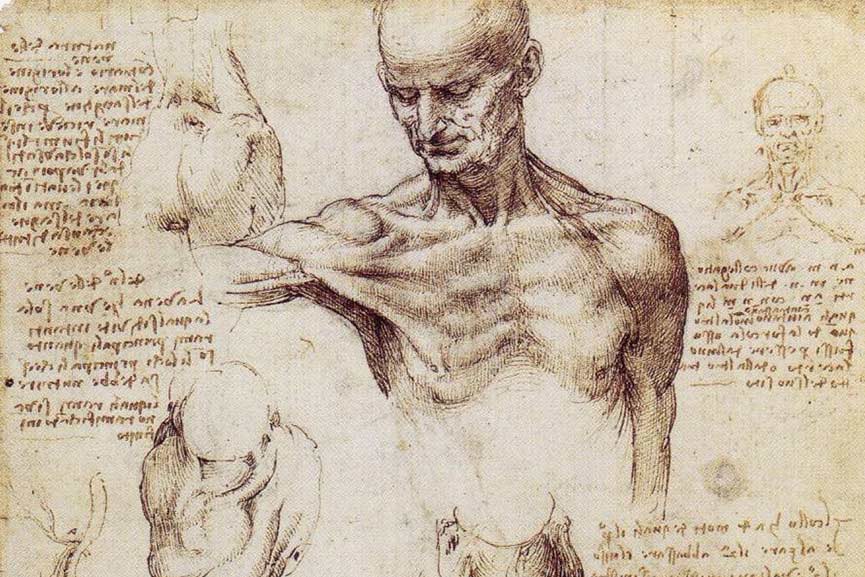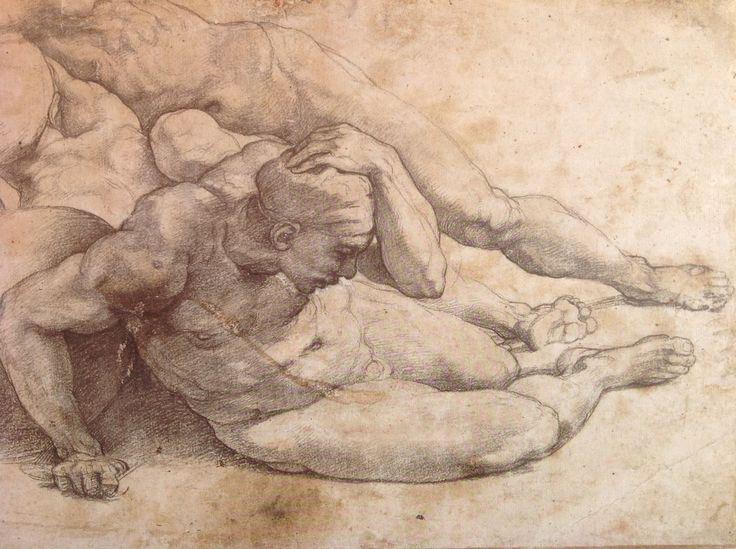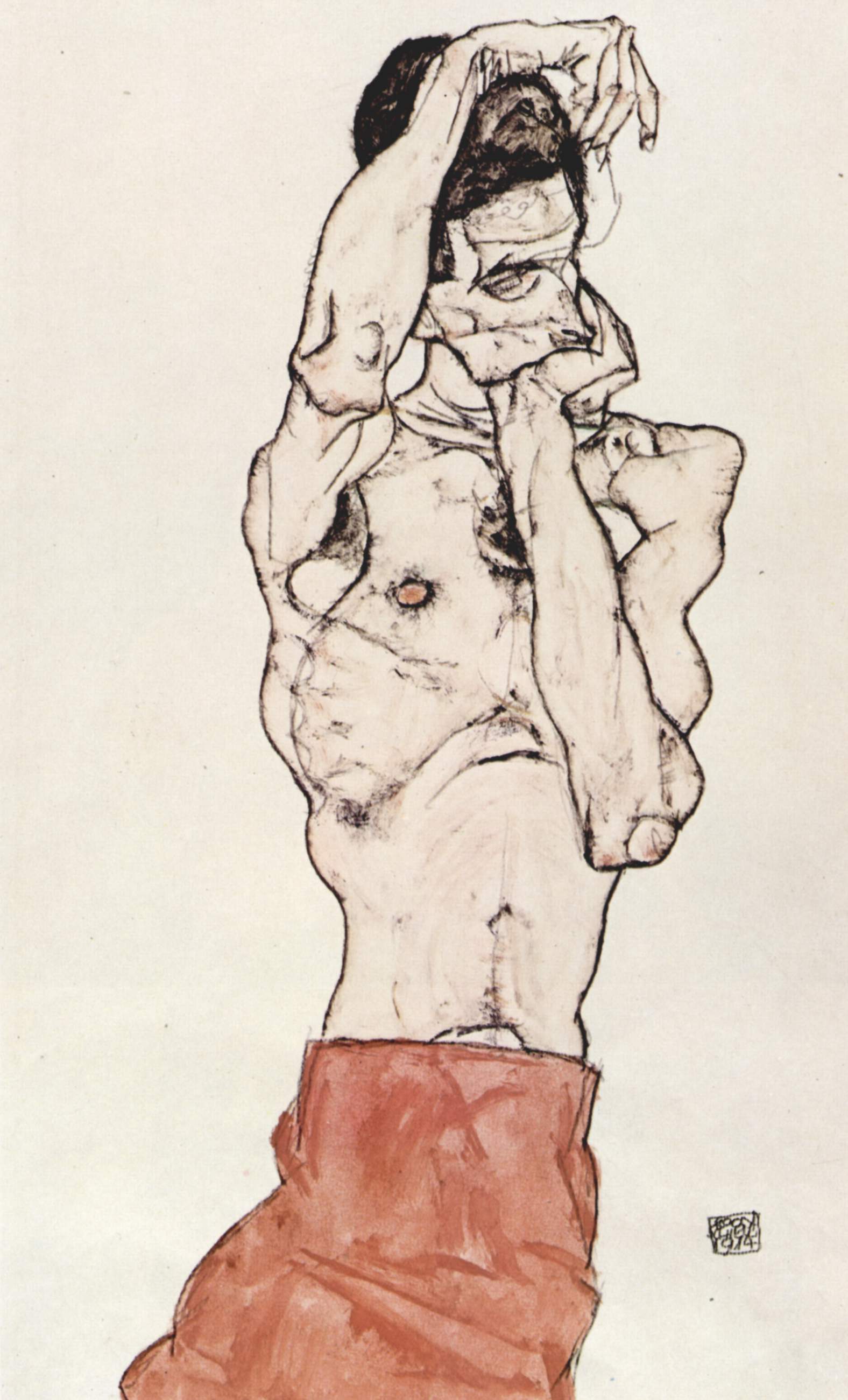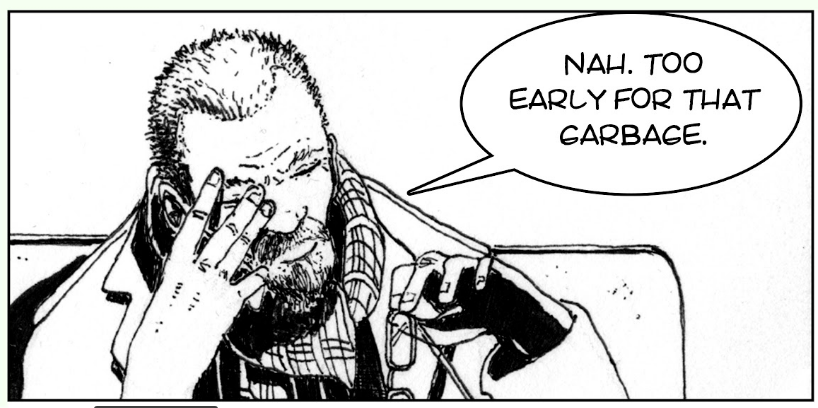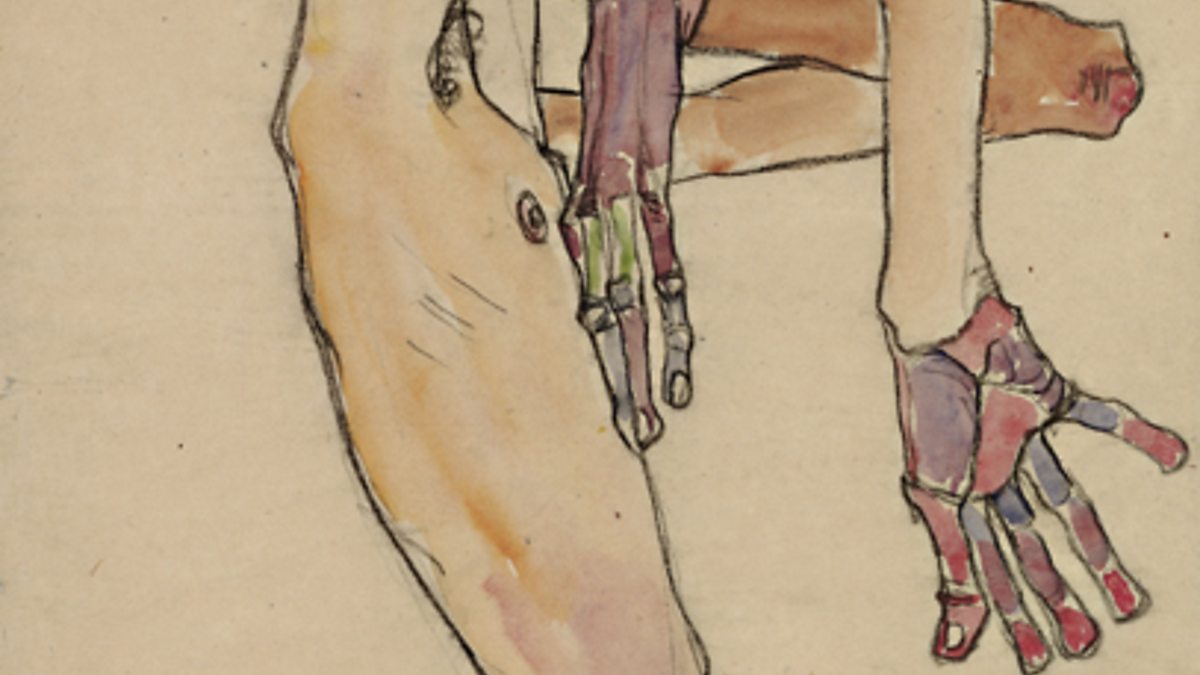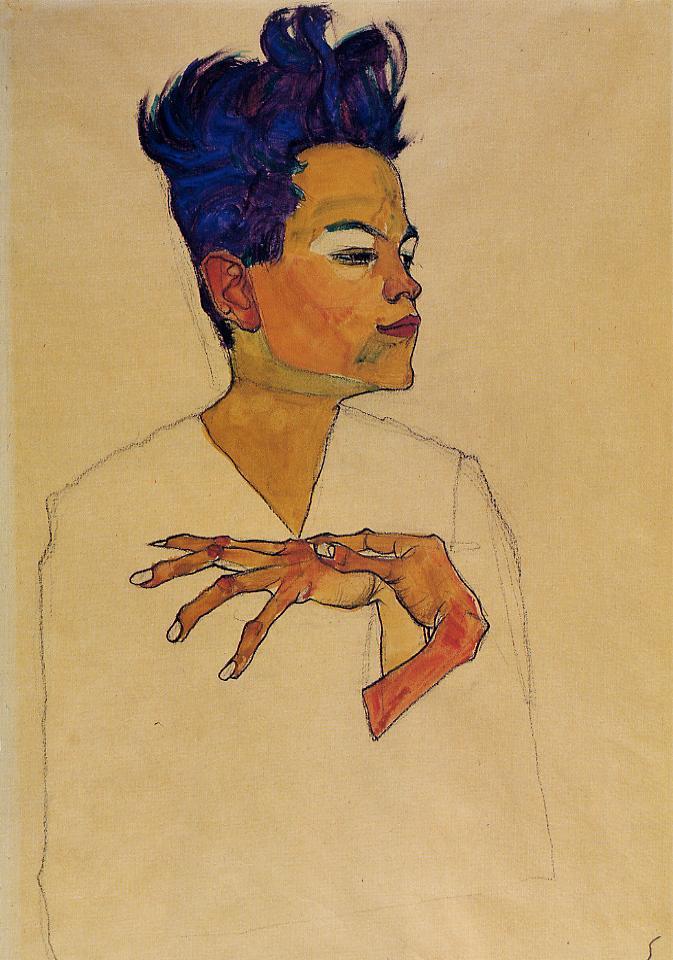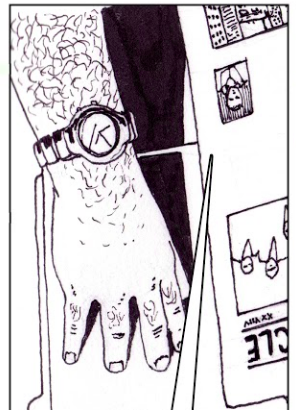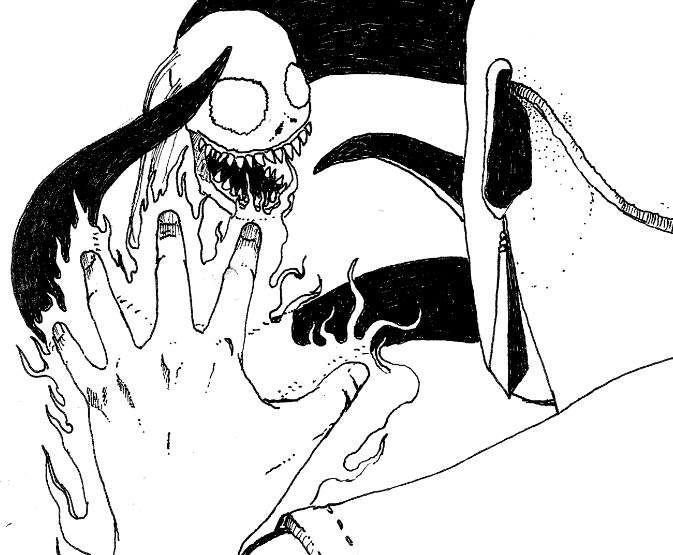How To Draw Anything Pt. 1: 3 Fundamental Tips
I get asked these questions all the time: How do you draw a car? How do you draw a cat? How do you draw water? Or most commonly-
How did you learn how to draw?
Unfortunately, that's a hard question to answer. I've been drawing as long as I can remember and though I can't say for sure how I first learned to draw, I can tell you exactly how I've gotten better at drawing. It's the same advice I'd give in response to any question about how to draw xyz; as boring as it seems, it always starts first and foremost with the fundamentals.
Here are my first 3 tips for learning how to draw anything you've ever wanted, starting with the basics:
STUDY
Most people would probably say that the most important step in improving your drawing skills is practice and that's true, but before you can practice, you should have some idea what you should be practicing. Learning the basic concepts handed down by the masters of old provides a fundamental base to build upon.
Anatomy, perspective, foreshortening, cross hatching, pointillism, etc.; having a solid understanding of these concepts and techniques will give you the basic tools you need to tackle most any project.
Study Doesn't Have to be Boring
We're not talking about heavy reading necessarily, though if you do enjoy that sort of thing there's no end of interesting pieces to read or lectures to listen to. In a more practical way, study the way artist you admire do things. How do they render light, shadow, and volume with line work? What techniques are they using that you find particularly effective? Try replicating them to understand what they are doing and why, or try applying the same technique to a completely different subject.
For example, I've spent far too much time studying the way Egon Schiele draws hands. It's helped me think of hands in a much more expressive way.
PRACTICE
Ok, now that you've gotten your geek on and learned some core concepts we can get to the practice part. It almost goes without saying that the more you draw, the better you'll get, but it's just as important that you practice drawing lots of things, lots of times. Different things. Draw your room. Draw it again from another vantage point. Then draw it upside down. Drawing is all about looking, seeing - breaking apart shapes, following their contours, identifying what it is you need to represent. The better you get at seeing, the easier it is to translate it to the page.
Get a sketchbook, carry it with you everywhere, fill it up. Whenever you have some downtime, draw something around you.
EXPERIMENT
Never rest on your laurels. If you want to improve your drawing abilities you're going to have to challenge yourself constantly. Force yourself to do things that seem impossible, or at least decently ridiculous.
Can you drastically increase the scale you're working at? Or drastically decrease it? Try drawing things that are distorted, abnormal, complex - sit there with your materials and figure it out. It might take a few tries, but by sticking with it, you'll grow immensely by learning to solve these problems.
Those are just the fundamentals. More drawing tips coming in Part Two. Stay tuned.

